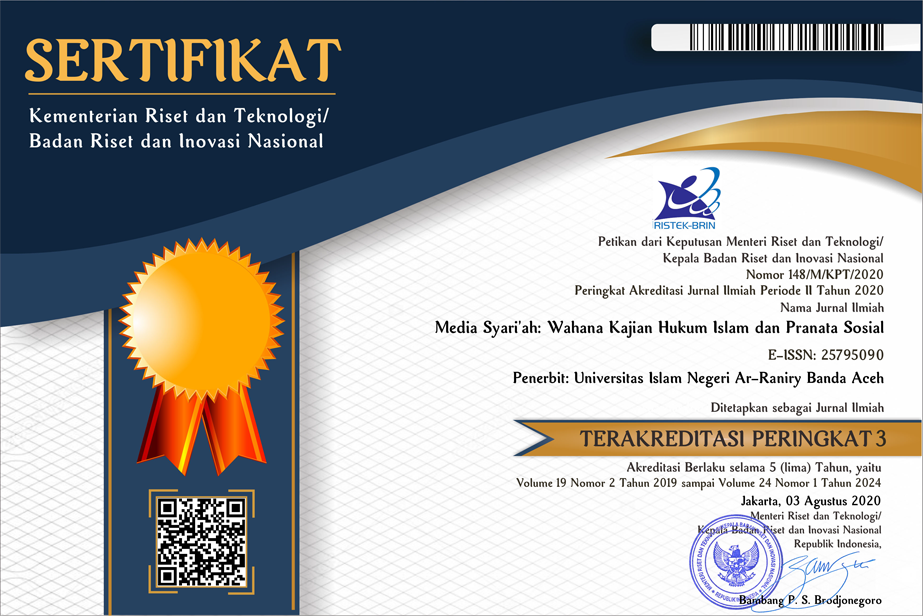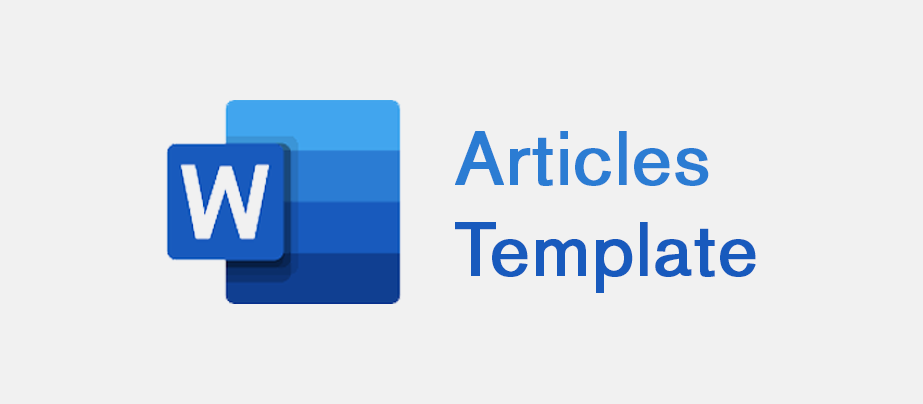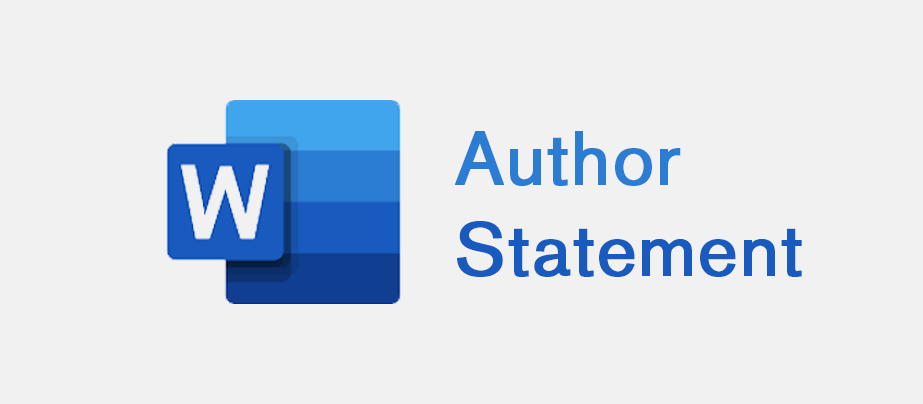SASTRA PERSIA; Perjalanan Panjang Menuju Nusantara dari SiyÄsat NÄme sampai Tajussalatin
DOI:
https://doi.org/10.22373/jms.v15i1.1768Keywords:
SiyÄsat NÄme, Tajussalatin, Nizam al-Mulk, Bukhari al-Jauhari, Aceh, Seljuk and Persian LiteratureAbstract
SiyÄsat NÄme was written in the early 11th century by Nizam al-Mulk, who lived between the years 1018-1092. This book is dedicated by Nizam al-Mulk who served as Vizier (royal secretary) at the Seljuq dynasty when the king Malik Shah Seljuqi (492-511 H) to be as guidelines and procedures in governing a kingdom. This book not only deals with the history, politics and social Iran, but also attractive in terms of language, culture and ideology. SiyÄsat NÄme is a very important book in the series of papers in the history of Persian literature. The book which is similar to SiyÄsat NÄme and found in the Malay literary is Tajussalatin, written later after five centuries of SiyÄsat NÄme or 1603. This book was written by al Bukhari Jauhari also to be presented to the king Raiyyat Sultan Alauddin Shah (1589-1603) in Aceh.References
Endnotes:
Era dinasti Seljuq menganggap bahwasanya jabatan raja hanya hak keluarga kerajaan.
(Zulyeno, 2012: 117). Artinya: Barang siapa memberi kemudian memintanya kembali, seperti orang yang memakan muntahannya sendiri.
(Zulyeno, 2012: 127). Artinya: barang siapa berharap namanya dikenang, tak akan mengharapkan roti dan barangsiapa yang berkhianat dengan rotinya, maka badannyalah sebagai penebus.
Daftar Pustaka
Assagaf, Muhammad Hasyim. 2009. Lintasan Sejarah Iran dari Dinasti Achaemenia-Revolusi Islam.
Jakarta: Kedutaan Besar Republik Islam Iran.
Axworthy, Michael. 2008. Iran Empire of the Mind A History from Zoroaster to The Present Day. London: Penguin Books.
Braginsky, V.I. 1994. Erti Keindahan Dan Keindahan Erti Dalam Kesusasteraan Melayu Klasik. Kuala
Lumpur: Dewan Bahasa dan Pustaka.
Braginsky, V.I. 1998. Yang Indah, Yang Berfaedah Dan Kamal: Sejarah Sastra Melayu Dalam Abad 17-19.
Jakarta: INIS.
DekhodÄ, Aliakbar. 1998. LoghatnÄme DekhodÄ. Tehran: Tehran University Publication.
Dipodjodjo, Asdi. 1999. TAJUSSALATIN: Naskah Lengkap Dalam Huruf Melayu-Arab Beserta Alih
Hurufnya Dalam Latin. cet. 1. Yogyakarta: Lukman Offset.
Hadi WM, Abdul. 2010. Jejak Persia dalam Sejarah, Kebudayaan dan Sastra Melayu. Makalah dalam
“Dialog Budaya†di KBRI Tehran, Iran.
Hadi WM, Abdul. 2004. Taj al Salatin: Manajemen Pemerintahan Dalam Sastra Melayu Islam. Jurnal
Universitas Paramadina Vol. 3, No. 2.
SafÄ, Zabihullah. 2007. Tarikh AdabiyyÄt dar IrÄn. Tehran: Firdowsi.
TabatabÄi, Sayyid JavÄd. 2010. Khouje NizÄm al Mulk Thousi: GooftÄr Dar TadÄvoom Farhangi IrÄn.
Negah: Tehran.
Thousi, Nizam al Mulk. 2010. SiyÄsat NÄme be Kushesh Ja’far ShuÄr. Tehran: Amir Kabir.
Zulyeno, Bastian. 2012. (A Dissertation) Tarjoome KitÄb TÄjussalatin Asare BukhÄri al Jauhari az Matne MÄlÄyi Qarne Hifdahum MilÄdi Wa Tatbigh ba SiyÄsat NÄme Khauje NizÄm al Mulk Thousi. Tehran: University of
Downloads
Published
Issue
Section
License
MEDIA SYARI'AH: Wahana Kajian Hukum Islam dan Pranata Sosial has CC-BY-SA or an equivalent license as the optimal license for the publication, distribution, use, and reuse of scholarly work. Authors who publish with this journal agree to the following terms:
1. Authors retain copyright and grant the journal right of first publication with the work simultaneously licensed under a Creative Commons Attribution-ShareAlike 4.0 International License that allows others to share the work with an acknowledgment of the work's authorship and initial publication in this journal.
2. Authors are able to enter into separate, additional contractual arrangements for the non-exclusive distribution of the journal's published version of the work (e.g., post it to an institutional repository or publish it in a book), with an acknowledgment of its initial publication in this journal.
3. Authors are permitted and encouraged to post their work online (e.g., in institutional repositories or on their website) prior to and during the submission process, as it can lead to productive exchanges, as well as earlier and greater citation of published work (See The Effect of Open Access).
You are free to:
Share — copy and redistribute the material in any medium or format.
Adapt — remix, transform, and build upon the material for any purpose, even commercially.
The licensor cannot revoke these freedoms as long as you follow the license terms.
All papers published in MEDIA SYARI'AH: Wahana Kajian Hukum Islam dan Pranata Sosial are licensed under a Creative Commons Attribution-ShareAlike 4.0 International License.



.png)


.png)
.png)
.png)



